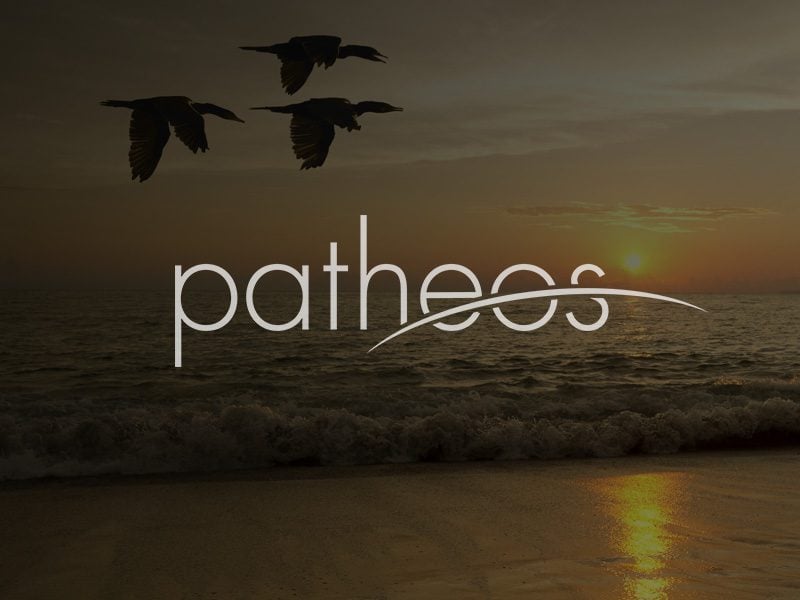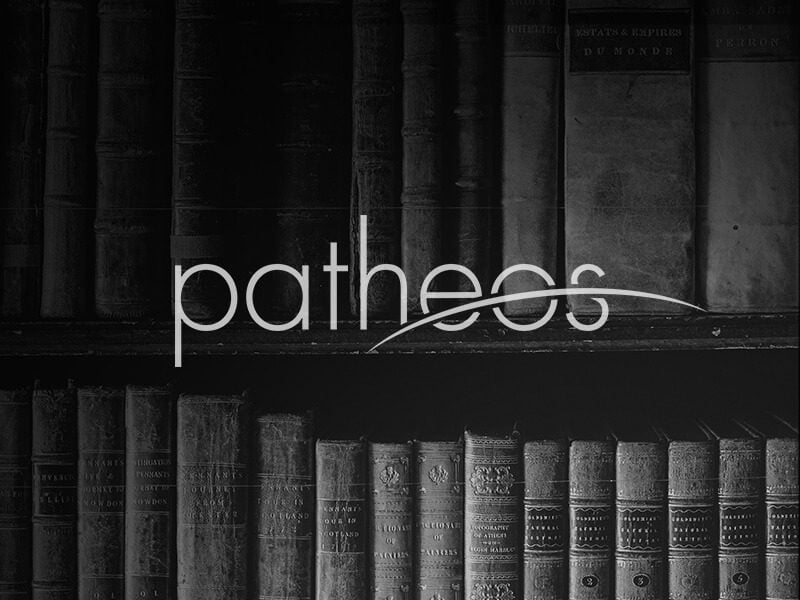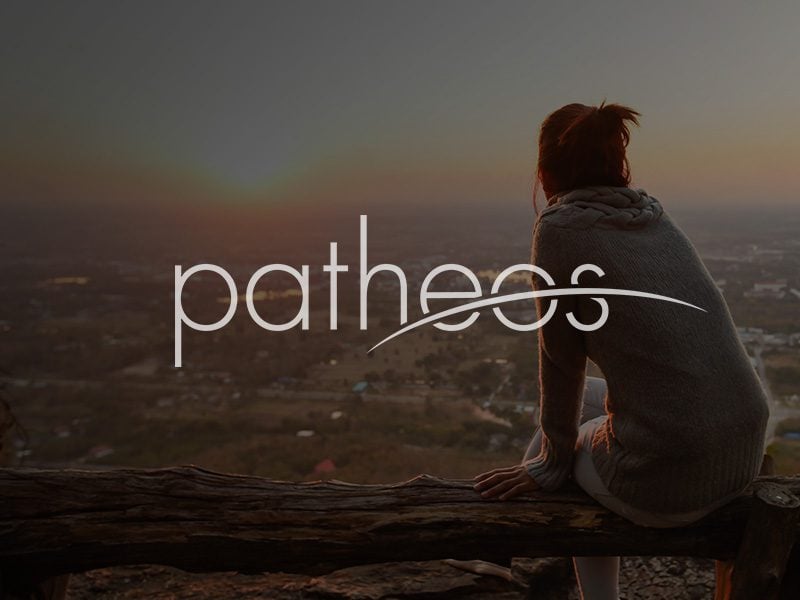Irish Muslims no longer strangers in a strange land
DUBLIN — The main reason I’ve returned to Ireland almost yearly since my first visit in 1993 is because of hospitality.
When it comes to welcoming strangers, being innately kind, and unfailingly openhearted, the Irish are world champions. At least in my book. Anyone who knows me has heard me say (at least twice) that it is physically impossible to have a bad time in Ireland, the ancestral home my grandmother, Nell, left about 80 years ago.
Despite its moody weather, Ireland is, in my experience, the friendliest place on earth.
Hospitality is, in essence, a spiritual quality. A virtue. St. Benedict would seem to agree with me. He codified hospitality as a spiritual practice in his famous rule, telling his monks they should welcome strangers into their midst as if each were Jesus Christ himself. Perhaps the root of Ireland’s uniquely friendly character has something to do with its deep-seated and innate spirituality. It is a mystical place, a land where spirit is all around, cherished, fought and died for.
But until very recently, Ireland was a spiritually homogenous land. A Christian nation, and, specifically, a Roman Catholic land. It didn’t start out that way, of course. There is no need to recount herein Ireland’s long history of sectarian troubles, but many centuries hence, there is a tacit and largely peaceful coexistence between an increasingly nominal Catholic population, and its minority Protestant neighbors.
A few years ago, I traveled to Ireland to write about its tiny, but historic, Jewish population. With about 1,700 Jews in the Republic of Ireland and over the border in Northern Ireland, it is believed to be one of the fastest shrinking Jewish populations in the world. Jews have made their home in Ireland for about a thousand years –the earliest reference to its Jewish inhabitants being from the 11th century.
On that trip, I also made a note of something I’d not noticed on earlier visits: women in hijab, the distinctive head coverings of religious Muslim women, walking through the Grafton Street shopping district, waiting for buses, standing in the queue at Dublin’s main post office. They didn’t seem to be tourists; they looked like locals. I took a longer look around me and saw more unfamiliar faces in the crowd: Africans, Arabs, Indians and Southeast Asians living and working amidst the freckled redheads and those with, as they say, “the map of Ireland on their faces.”
So on this visit, which happened to coincide with the first week of Ramadan, Islam’s holiest month, my husband and I decided to stop by one of Dublin’s most unique and unlikely attractions: the Islamic Cultural Centre of Ireland, a sprawling, ornate mosque and community center (complete with a copper dome and towering minaret, each topped with Islam’s crescent symbol) located on several acres of wooded land in the city’s tony suburb of Clonskeagh.
One of the first things we noticed as we drove through the gates of the Islamic center complex was a sign advertising its restaurant, the Olive Tree. All are welcome, for breakfast, lunch and dinner, the sign beckoned. And they deliver, too.
When I placed a call to the Islamic center — one of two official mosques in Dublin and one of about 10 in the north and south of Ireland (including a Muslim meeting house in rural County Cavan not far from my grandmother’s home) — I wasn’t sure what to expect. Even in Chicago, my calls sometimes receive a mixed reception.
It’s understandable. American Muslims, too often, are put in the position to defend themselves and their faith against the violent actions of a few scoundrels who claim their murderous actions are done in the name of Islam. More often than not, reporters call only when something’s wrong. So I was surprised — stunned, really — when I rang the Dublin mosque late one afternoon, introduced myself as an American religion writer and asked if I could come the next morning to speak to someone about what life is like for the Muslim community in Ireland.
Without a moment’s hesitation, the friendly man on the other end of the phone said, in typical Irish form (although he said it with a heavy Malaysian accent), “You’re more than welcome.”
So off we went.
As we sat in his groovy office in one wing of the vast Islamic center, Nooh Al-Kaddo, the executive director, smiled warmly and answered my questions enthusiastically for more than an hour. An Iraqi native who moved from Liverpool to Dublin in 1997 to run the Islamic center, Al-Kaddo recounted some of the history of the Muslim community in Ireland and his own experiences as a stranger in a strange land. “If you talk about the Muslim community, it’s exactly like Ireland: It’s changing and expanding and becoming more colorful,” Al-Kaddo told me.
The Muslim community, according to 2002 Irish census figures, numbers about 20,000 in the south of Ireland and, according to Irish Muslim leaders, is more like 25,000 in the south with another few thousand in Northern Ireland.
When the Islamic Cultural Center of Ireland opened in November 1996, Muslim leaders expected some day there might be as many as 10,000 Muslims living in Ireland. They were way off, Al-Kaddo said, laughing. Much of the dramatic increase came in a wave of refugees and asylum seekers from Eastern Europe and Africa in the mid-1990s, he said.
The influx caused some friction at first, both within the broader Irish population and the Irish Muslim community itself. The newcomers looked different. They didn’t speak English. And their culture was vastly different from anything traditionally Irish.
Still, eventually, the new arrivals were welcomed warmly.
“It was a bit of a shaky time back then,” Al-Kaddo said, “how to help them integrate positively and rightly, and, for me the most difficult task: making sure they knew how to distinguish between culture and religion. . . . To convince them of this took time.”
For instance, Islamic scripture does not say Muslim women must cover their faces, or that non-Muslims may not enter a mosque. Both were cultural misunderstandings the new arrivals brought with them, Al-Kaddo explained, as a herd of uniformed Catholic high school students traipsed past his window on their way into the mosque. It was a field trip, one of many made every weekday by Irish schoolchildren, civic groups and tourists from around the world.
“The society here is a welcoming society. We never felt — even during Sept. 11, the London bombing and the Madrid bombing — that we were blamed.” There were no real threats made to their mosques, no incidents of hate crimes against Irish Muslims, Al-Kaddo said. “We never had such problems that made us feel like we are not welcome in this society.”
It’s been the policy of the Dublin Muslim community since its inception to be open, friendly neighbors. That is why the walls of the mosque and Islamic center are low, the windows are open, passersby can see into the complex. It doesn’t look fortified. It looks inviting, welcoming. And it is.
“I used to stand outside and see the people, the Irish people, standing outside the gates, looking,” Al-Kaddo recalled. “I saw them and I used to go to them and welcome them. They’d say, ‘Can we come in?’ And I said, ‘Yes of course, you can come in.’ And they’d say, ‘Are you sure?!’ And of course I am sure. Nowadays, 60 percent of the customers in the restaurant are Irish, non-Muslims. Even Miriam Ahern [the Irish Taoiseach Bertie Ahern’s wife] came here last week to our shop.”
When it was time for us to leave, Al-Kaddo showed us to the door, apologized for not having offered us tea or coffee — he’d forgotten as he’s fasting for Ramadan — and wished us peace.
As-Salamu Alaikum.
Or as the Irish say, Siochan Leat.
Copyright © The Sun-Times Company
All rights reserved. This material may not be published, broadcast, rewritten, or redistributed.











